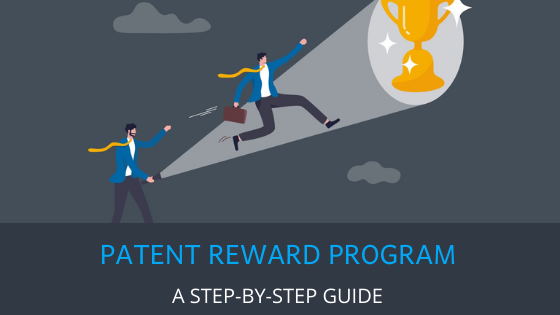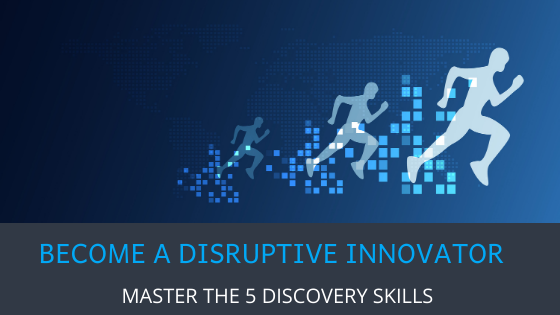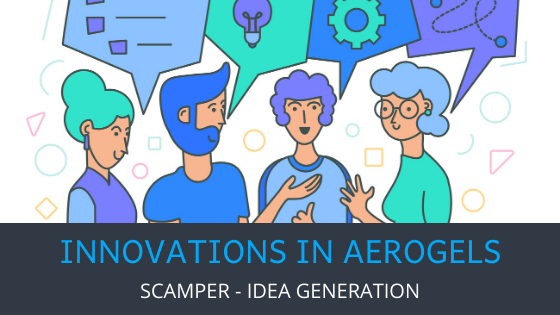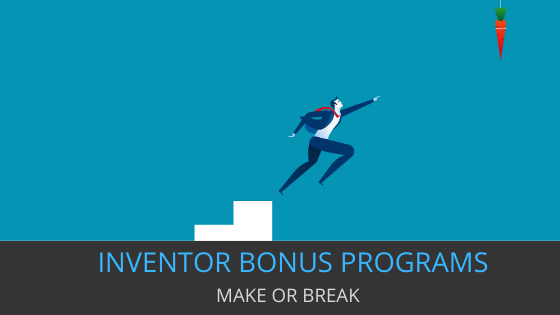
Innovation Management
Latest News and Articles
Menu


A Guide to Launching a Patent Incentive Program
March 12, 2021

22 Tips to Master the 5 Skills of Disruptive Innovators
March 3, 2021

Innovations in Aerogels – SCAMPER for Idea Generation
February 22, 2021

Inventor Bonus Programs | Make or Break Patent Pipeline
February 19, 2021
Use Cases
Innovation Toolkit
Learn Innovation Management
Standalone Tools
© 2025 Triangle IP, Inc. | All Rights Reserved.
